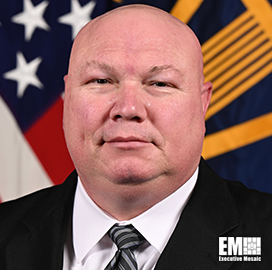The Defense Advanced Research Projects Agency is preparing to demonstrate the vertical takeoff and landing capability of five unmanned aerial systems weighing less than 330 pounds in the coming days.
Known as EVADE — short for Early VTOL Aircraft Demonstration — the program involves five companies, namely AeroVironment, Griffon Aerospace, Karem Aircraft, Method Aeronautics and Sikorsky, to showcase the rapid deployment of advanced UAS capabilities to the warfighter, DARPA said Tuesday.
“With EVADE, our focus is on speed of development, not on first-flight perfection,” explained Phillip Smith, DARPA program manager and U.S. Marine Corps Reserve officer. “The faster we can get these aircraft airborne, the quicker we can identify issues and deliver these technologies to our warfighters.”
Table of Contents
EVADE UAS Features
The participating companies will demonstrate that their aircraft can be optimized for different strengths, including VTOL control, airspeed, storage capacity, cruise altitude, time on station, powertrain configurations and control methodologies. While the UAS platforms vary in their capabilities, they are all equipped with Sikorsky’s MATRIX flight autonomy software and are designed to carry a 60-pound payload and maintain an endurance of 12 hours with a range of 100 nautical miles.
UAS Integration Into Military Operations
EVADE, part of the second phase of DARPA’s Advanced Aircraft Infrastructure-Less Launch and Recovery initiative, will also demonstrate the significant role of a 330-pound UAS in military operations.
“This is about democratizing air power,” Smith said. “By equipping smaller units—like Army, Marine Corps, and special operations teams—with these drones, we’re eliminating the need for traditional ground control stations and enabling rapid deployment in even the most austere environments.”
Following successful flight tests, DARPA intends to transition the aircraft to military services by the end of 2025.


















